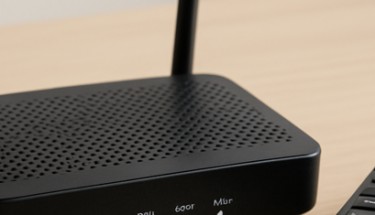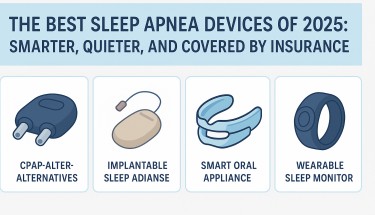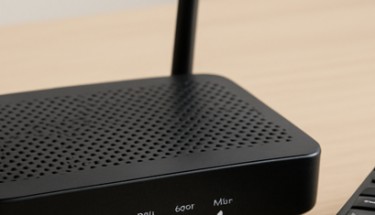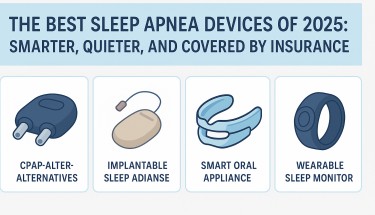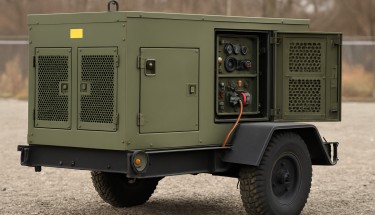Reconditioned Military Diesel Generators: Reliable Power Built to Endure
When reliability outweighs aesthetics, reconditioned military-grade diesel generators consistently outperform their commercial counterparts. Originally engineered for combat field operations, these machines now serve construction sites, farms, telecom towers, and emergency response units across the U.S. Their unmatched durability and long service life make them a smart, cost-effective investment for anyone seeking dependable off-grid or backup power in 2025.
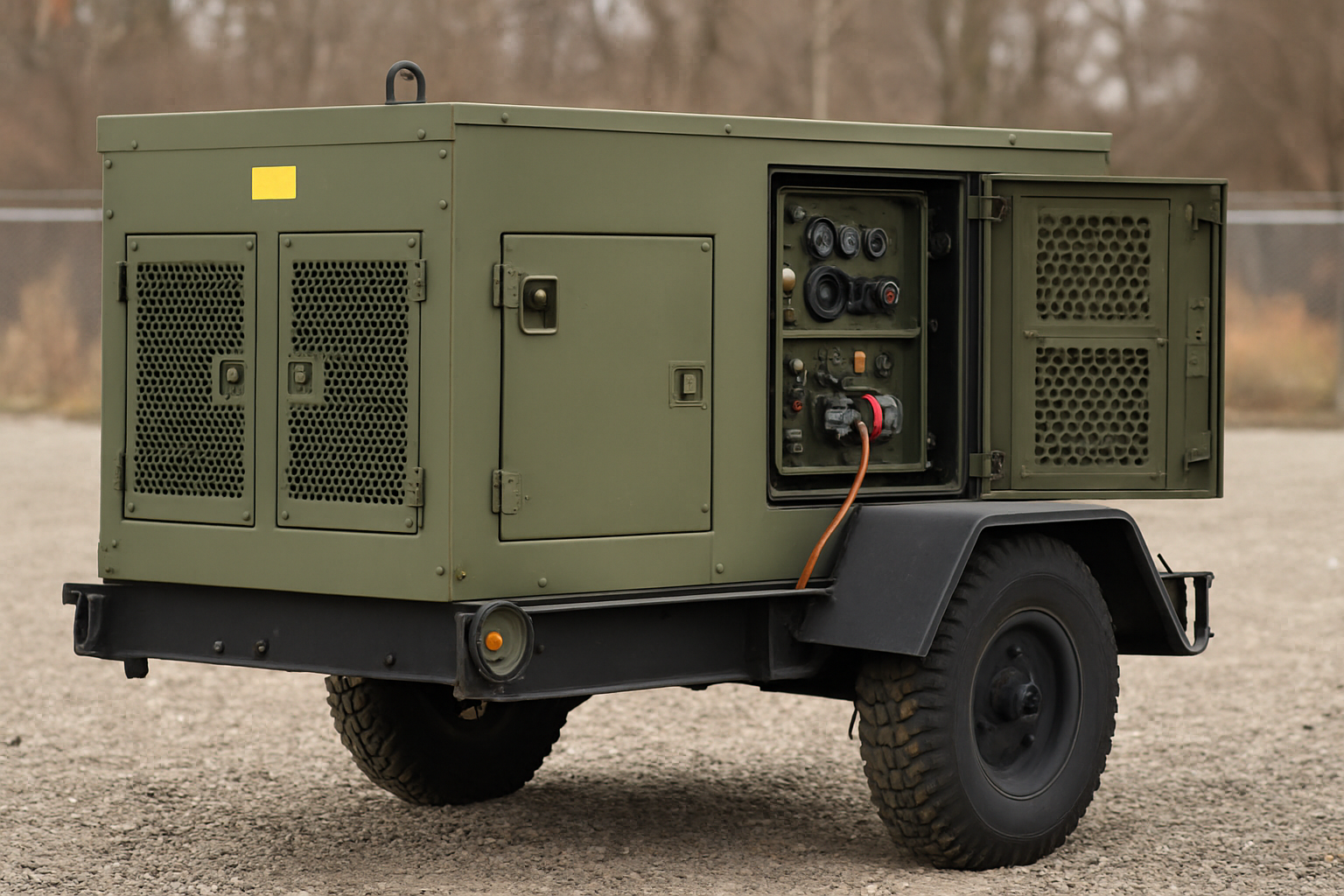
Why Military Generators Last Longer
Unlike conventional retail diesel sets, ex-military generators were designed for extreme endurance—running nonstop under intense heat, humidity, and vibration. Their reinforced steel frames, sealed electrical systems, and multi-fuel engines ensure consistent output even in hostile environments. For contractors, disaster recovery crews, and agricultural operators, this level of resilience means fewer mechanical failures and significantly lower lifetime repair costs.
These units were built for mission-critical dependability—able to power entire camps or command centers without interruption. That same rugged design translates perfectly to civilian use, where uptime and reliability directly affect productivity and safety.
Key Technical Advantages and High-Value Features
Power Range: From compact 2 kW TQG portables for small equipment to 100 kW trailer-mounted systems supporting full facilities.
Fuel Flexibility: Capable of running on JP-8, Jet A-1, or standard diesel, offering freedom during shortages or off-grid operations.
Low-Noise Design: Tactical Quiet models maintain sound levels under 70 dB @ 7 m—ideal for worksites, hospitals, and neighborhoods.
Extended Runtime: Designed for continuous operation of 60–72 hours with auto-regulated cooling and optimized fuel burn.
These combined features ensure military generators can outlast and outperform standard models while maintaining stable voltage and efficiency in any condition.
Commercial vs. Military Generators: What Makes the Difference
When comparing a commercial diesel generator with an ex-military unit, the contrast is immediate. Military-grade systems are built for 24-hour continuous cycles, while standard industrial models are typically limited to 8–10 hours per day. This endurance advantage is essential for off-grid construction, telecom power backup, and disaster recovery setups.
Fuel adaptability is another deciding factor. Ex-military units can switch seamlessly between diesel, JP-8, and aviation fuels, providing unmatched versatility. Most commercial versions can only accept diesel, restricting options during crises or remote deployments.
Mobility is equally critical. Many reconditioned military units are trailer- or forklift-mountable, allowing fast relocation between sites. By contrast, commercial stationary systems require fixed installations—raising setup time and cost.
Noise and maintenance efficiency also set the military design apart. Tactical Quiet systems run 10–20 decibels lower than retail generators, and their modular panels make servicing quicker and cleaner. The result: lower downtime, simplified upkeep, and fewer component failures.
Overall, these design upgrades make ex-military diesel generators one of the most practical and high-value power investments available to industrial buyers and small businesses alike.
Maintenance and Operating Cost Insights
Consistent upkeep keeps these generators performing at peak reliability. Oil and filter changes every 250 hours and monthly load testing prevent wear and ensure consistent voltage output. Because many military generator parts are shared with Cummins Onan and Perkins systems, owners enjoy 30–40 percent lower maintenance costs compared to new commercial units.
Upgrades like digital control panels, exhaust after-treatment kits, and solar hybrid inverters help meet EPA Tier 3 and 4 standards while preserving the machine’s rugged core. The simplified design allows access to injectors, coolant systems, and fuel filters without major disassembly. Routine lubrication and coolant monitoring extend engine life beyond typical commercial averages, further reducing the total cost of ownership.
Modern refurbishments often include new alternators, wiring harnesses, and noise-reduction insulation, resulting in cleaner energy output and longer service intervals. Combined with lower fuel consumption and easy part availability, reconditioned military generators deliver an exceptional value-over-time advantage for farms, industries, and disaster-preparedness programs.
Where to Source Reliable Units
For buyers interested in authentic and well-maintained military generator systems, several reputable suppliers exist:
- GovPlanet Surplus Auctions – Verified ex-military assets with documented hour-meter data and inspection reports.
- Fidelity Technologies – Authorized service and replacement parts provider for the Tactical Quiet Generator (TQG) series.
- Novatio Engineering – Offers hybrid conversion kits, solar-ready upgrades, and technical user manuals.
- ExPower Traders LLC – Specialists in refurbished MEP-006A and MFG 60 kW models optimized for commercial use.
Before purchase, confirm emission compliance, check maintenance logs, and verify the unit’s electrical configuration with a qualified technician.
Final Takeaway
Reconditioned military diesel generators combine battle-tested durability with modern efficiency, offering unmatched reliability for today’s energy demands. Whether used as emergency backup, construction site power, or an off-grid energy solution, these machines deliver proven performance, flexibility, and cost savings—making them one of the most sustainable and financially smart power choices available in 2025.

